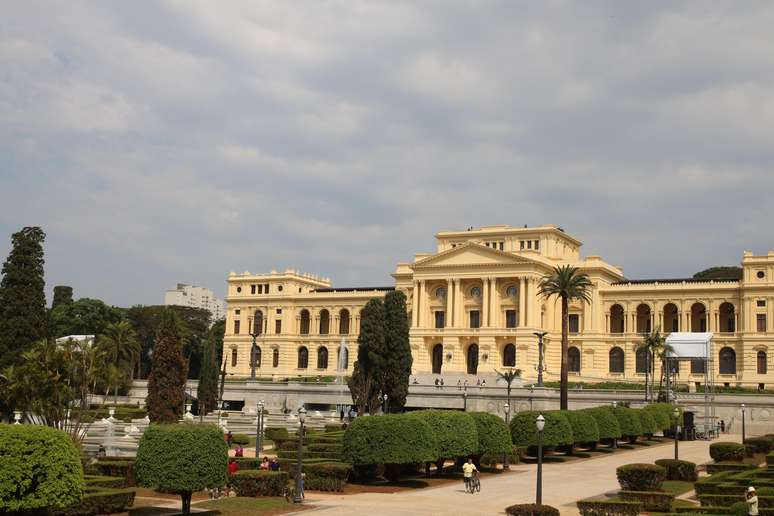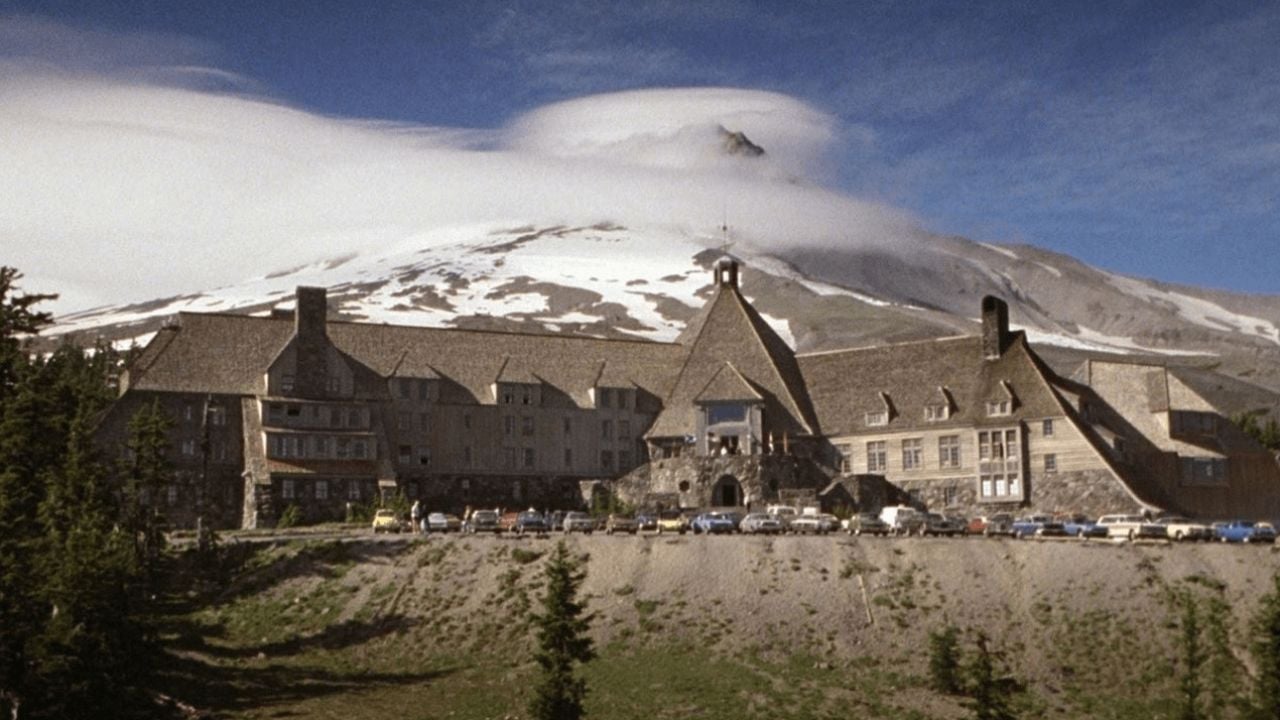The institution has 11 long-term exhibitions that investigate the history of Brazilian society since colonization
After reopening in 2023, the Ipiranga MuseumIn St. Paul, returned with everything. In one afternoon you will be able to take a journey through the history of Brazil, crossing different social universes – from work to the home environment – and also discover how the curation of the institution works.
Temporary exhibitions
In May the furniture that is part of the museum’s collection Ipiranga Museum and the Museu da Casa Brasileira will be brought together to create an exhibition on the evolution of ways of sitting, sleeping and storing. In the second semester the institution plans an exhibition on the impacts on the environment of human occupation of the territory. Climate change will be addressed through historic buildings.
Long-term exhibitions
Although the temporary ones are not open, there are 11 long-term exhibitions to visit. To create them, 3,700 pieces were selected from a collection of over 450 thousand. There are paintings, sculptures, photographs, objects and textual documents from the 19th and 20th centuries organized in 49 rooms with multimedia equipment and accessibility resources, such as Braille material.
The exhibitions are divided into axes To understand society AND Understanding the Museum . The curatorial team introduces a new critical perspective, which problematizes the Bandeirante figures and the erasure of black and indigenous personalities present in many of the works in the collection. The passages are explained in context and offer counterpoints to the official versions, widely published in textbooks.
Discover the exhibitions on display at Ipiranga Museum :
To understand society
A history of Brazil
Here the visitor comes face to face with the work Independence or death , by Pedro America. The exhibition winds through the atrium, the staircase and the main room with paintings and sculptures from the 1920s, as well as the decoration designed for the museum in 1922, on the occasion of the 1st Centenary of Brazil’s Independence. The area is classified and has the same characteristics as when it was installed, so there are many pieces that represent bandeirantes and colonizers as protagonists of the movement.
Since the works must remain on display, the museum’s current curatorial team, aware that part of this interpretation of Independence could be considered racist, proposes a critical reflection.

Imagined pasts
On the ground floor, in the west wing, visions of the Brazilian past are presented in paintings created since 1890. These are paintings that inhabit the popular imagination when thinking about the history of Brazil, as First Mass in Brazilby Victor Meirelles.
The exhibition questions which characters are excluded from works focusing on white men and political leaders. Similar questions about narrative choices are asked based on paintings and also a plaster model representing the city of São Paulo 150 years ago.

Disputed territories
The formation of Brazil is the result of numerous clashes between colonizers and original peoples. This is the theme of the exhibition in the central wing of Floor B. Geographical maps, navigation instruments and stone objects from the 16th and 19th centuries, which are part of one of the museum’s oldest collections, tell the story of the occupation of the territory . The destruction of villages, genocide and enslavement of indigenous peoples are part of the colonization debate.
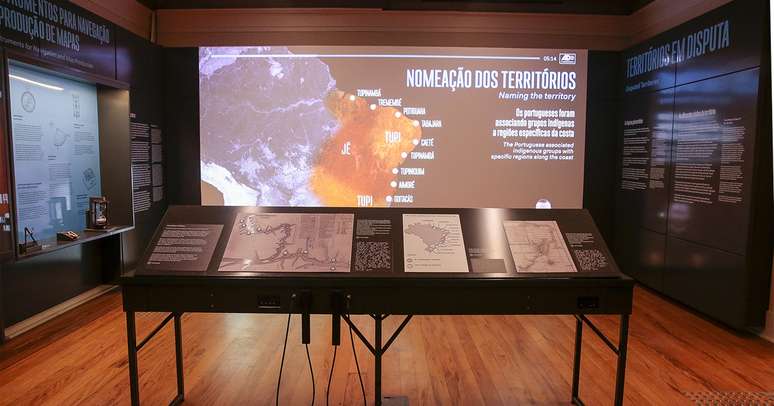
Worlds of work
From artisan tools to barber chairs, the exhibition in the east wing of Floor A presents the universe of rural and urban workers of the 19th and 20th centuries. The exhibition highlights manual work, long seen as a contrast to intellectual work.
In addition to the dynamics of planning and mastery of techniques for all types of work, the social implications of the different professions are addressed.
Houses and things
Objects from the domestic environment of São Paulo from the last 150 years, such as crockery and kitchen utensils, are exhibited to investigate the formation of individual identities. The ideas of masculinity and femininity are linked to these elements and constitute the underlying theme of the exhibition.
The city seen from above
After the renovation of the Ipiranga Museum, visitors were given access to the building’s observation platform. From above, the landscape of the gardens and the city of São Paulo contrasts with the aerial photographs of the Ipiranga neighborhood in the exhibition on floor C.
The images were taken between the 1920s and the 2000s and allow us to follow the transformation of the space over time. The museum garden, for example, was a vacant lot in 1890. The neighborhood, now full of luxury apartment buildings, was occupied by industrial warehouses and factories.
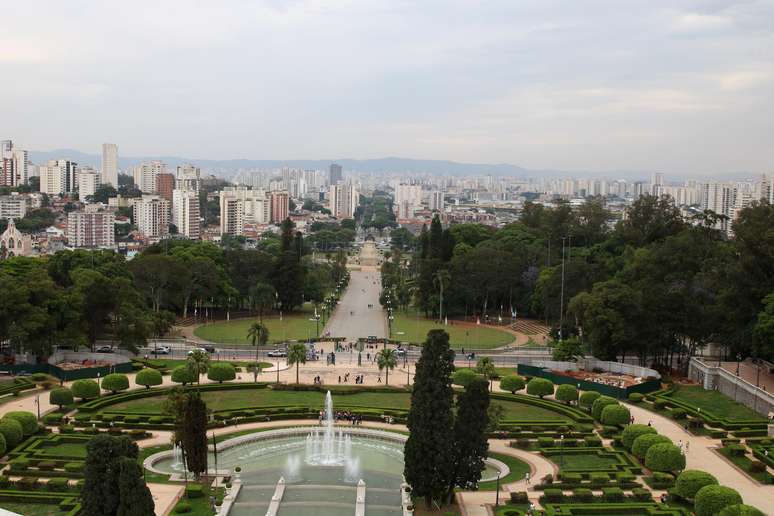
Understanding the Museum
Collect: images and objects
There is a sequence of four exhibitions on Plan B that look behind the scenes of the museum’s curation.
In the first phase, the theme is the formation of collections. When the building opened as the first museum in São Paulo, in 1895, the collection consisted of objects of botany, zoology, mineralogy and ethnology. The current characteristic of being an institution specialized in history has materialized over time with the transfer of part of the collections to other institutions.
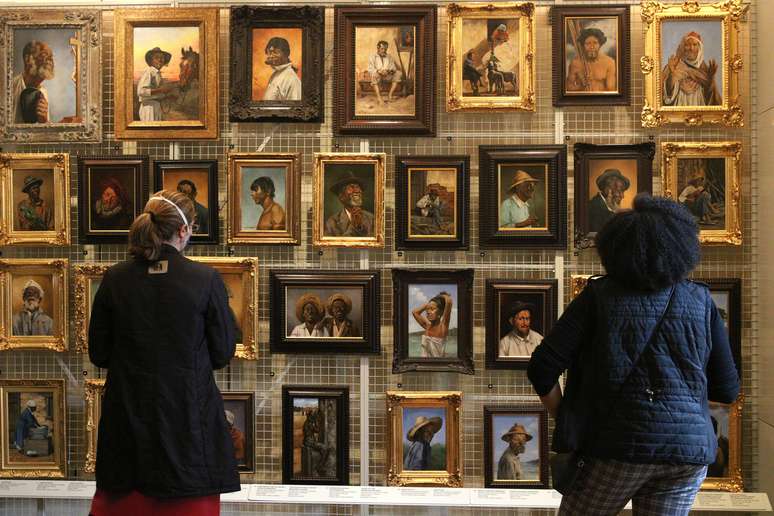
Catalogue: Coins and Medals
The second phase of the curatorial cycle is told to visitors through the collection of coins and medals. Some essential information about the objects is recorded in the Museum’s database, such as the era to which they belong, the material they are made of, their origin and manufacturing.
Shop: toys
Dolls, houses, cars and rockets were selected to shed light on the third phase: the conservation of the collection, from the initial evaluation, when the object arrives at the museum, until its storage in the technical reserve. The process takes into account the history of the objects, so the restoration tries not to alter the original characteristics instead of trying to make it identical to a new version.
Communicate: Crockery
The last stage is the exhibition of the collections and the dialogue with the museum public. The exhibition becomes metalinguistic in addressing the phases of its construction: selection, creation and interpretation. The collection of tableware was chosen to illustrate the process.
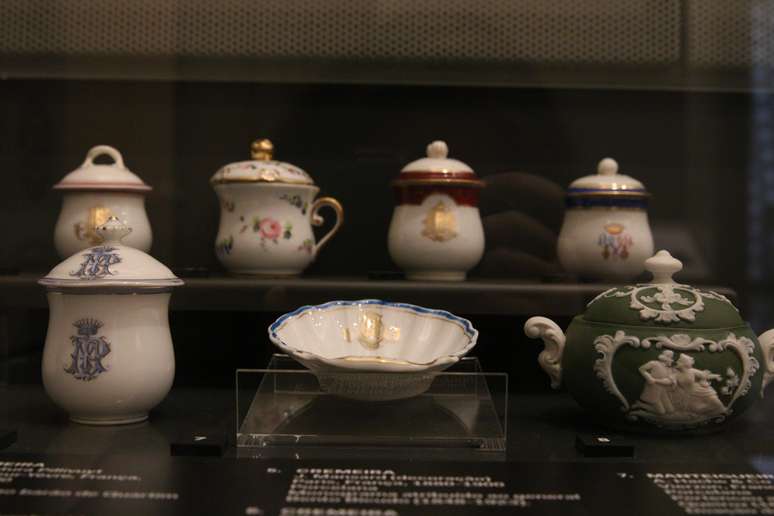
Understanding the Museum
On the ground floor, in the east wing, the exhibition tells the story of Ipiranga Museum and the building in which it is located. The stories of the museum and the building are presented in parallel in all rooms. A model created by the Italian architect Tommaso Gaudenzio Bezzi, in 1880, shows the original design of the building.
Service
When? From Tuesday to Sunday, from 10am to 5pm, with last entry at 4pm.
How much? R$30 (full) R$15 (half). Tickets available on site. Free entry with ticket collection at the physical ticket office on Wednesdays, the first Sunday of each month and on the anniversary holidays of Sao Paulo (25/01) and Independence (07/09).
Where? Rua dos Patriotas, 20, Ipiranga – St. Paul
Source: Terra
Ben Stock is a lifestyle journalist and author at Gossipify. He writes about topics such as health, wellness, travel, food and home decor. He provides practical advice and inspiration to improve well-being, keeps readers up to date with latest lifestyle news and trends, known for his engaging writing style, in-depth analysis and unique perspectives.

